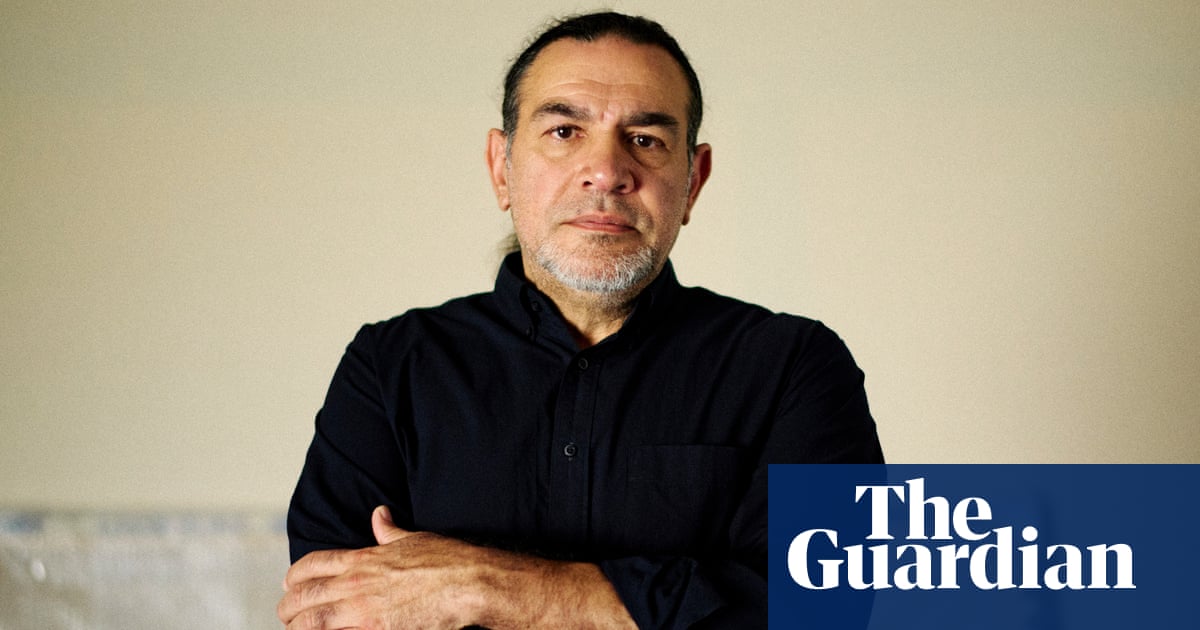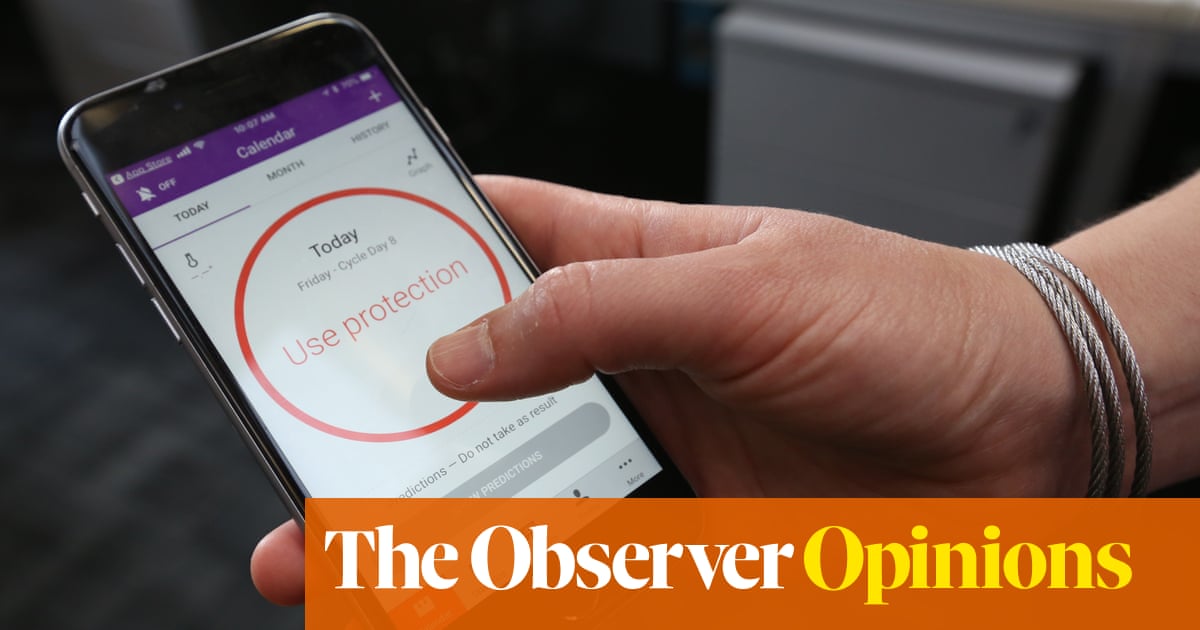The plush red and gold French-style sofa was made for Clive of India in 1767 for his London home and, for the past 60 years, has formed part of a museum collection in Cardiff, devoid of any explanation of the role its owner played in south Asia.
Now, though, it finds itself in a very different space – slap bang in the middle of a cosy recreation of a British south Asian living room produced by the artist Nasia Sarwar-Skuse as part of a project to “decolonise” Wales’s national museums and arts organisations.
Seven artists are working on the year-long project, one for each of the national museums, looking at the part played by exhibits – from the sofa made for Robert Clive to woollen garments, slate tiles and chunks of coal – in British colonisation.
Sarwar-Skuse said she enjoyed sitting on Clive’s sofa and wondering what his reaction would be if he could see it in its new context. “I think it’s joyful, really. I can’t help wondering what Clive would think.”
Her recreation of a south Asian living room from 70s or 80s Britain at the St Fagans National Museum of History in Cardiff features some of her own family photos and a battered old tea trolley.

“The trolley was ubiquitous in south Asian living rooms,” she said. “Mums would roll in the samosas and chai. I wanted to create the safe space that we as immigrants had. I wanted it to feel cosy. But having the sofa there feels empowering, an act of reclamation. It is like turning the gaze on the coloniser.”
A second piece by Sarwar-Skuse is a reproduction of Tīpū Sultān’s state tent, which was seized by Clive’s son, Edward, after the Battle of Seringapatam in 1799. The original is in Powis Castle in mid-Wales but Sarwar-Skuse has placed the recreation in the entrance to St Fagans Castle. Visitors can’t miss it – they have to squeeze around it to get further into the castle.

Other artists involved in the project, which is called Perspective(s): Decolonising Welsh Museums and the Arts, include Lal Davies, who is working with the National Waterfront Museum in Swansea, exploring Wales’s copper industry and its imperial links. A touchstone object for the artist is a brass tray that members of her family brought to Wales from south Asia – and which could have been made from copper exported from Swansea.

As well as producing pieces of art, seven creative professionals are acting as “critical ffrinds” to the museums, helping them examine how they think about decolonisation.
Lucille Junkere is working with the National Wool Museum, exploring “Welsh Plains”, a low-quality coarse woollen cloth used to clothe enslaved Africans kidnapped to work on plantations in the Americas.
after newsletter promotion
Sadia Pineda Hameed has teamed up with the Big Pit National Coal Museum, tracing the south Wales coal industry’s role as an imperial fuel source.
Two of the other artists, Jasmine-Violet Sheckleford and Hannan Jones, who are working with the National Slate Museum and National Roman Legion Museum respectively, joined Sarwar-Skuse on the Clive sofa on Thursday at the project’s launch. Sheckleford said: “I feel like we’ve entered a space which isn’t always made for us.”
Nia Williams, the director of experience, learning and engagement at Amgueddfa Cymru – Museum Wales – said it had been an emotional journey. “Perspective(s) is an innovative way of working that will bring about a much-needed step-change in how Amgueddfa Cymru reflects the diversity of our society.”
The initiative, which is supported by the Welsh government, runs throughout 2025.

 3 months ago
48
3 months ago
48













































